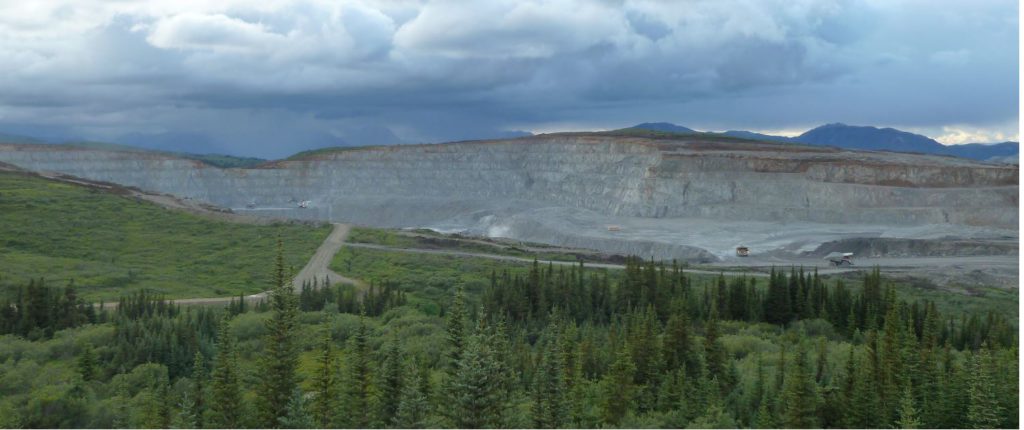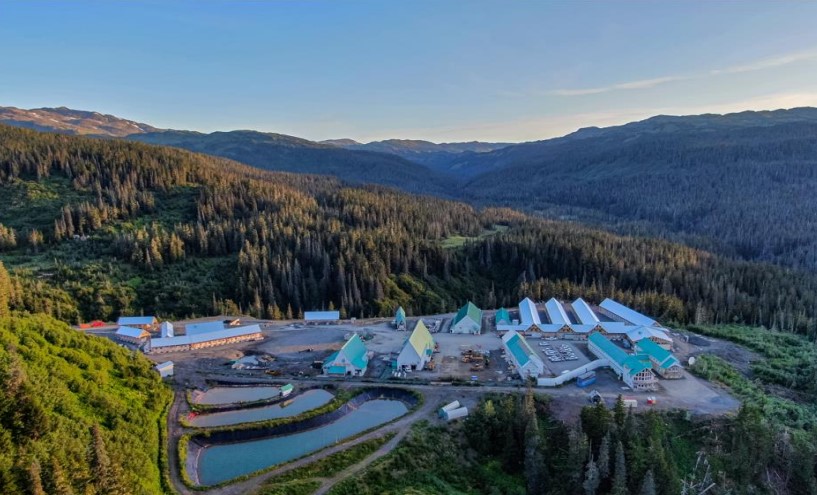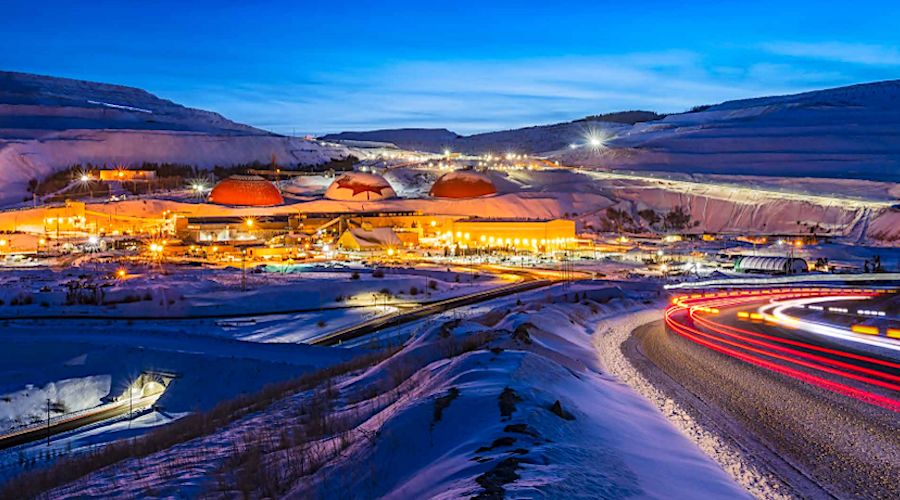British Columbia’s mineral exploration in 2023: Trends, challenges, and setting up for resilience in 2024

Coming off the back of record interest rate hikes by the United States Federal Reserve and geopolitical tensions in 2022, significant economic turbulence was expected in 2023. As the year progressed and the effects of measures taken by central banks across the world set in, as well as increasing geopolitical strife and uncertain economic conditions in the world’s largest economies, commodity prices experienced wide-ranging effects. While the price of gold recorded historic gains throughout the year, 2023 left a lackluster mark on base metals. Copper prices closed the year at roughly the same level as it opened, while lead and zinc fell by around 10%.
With this global context in mind, the “British Columbia Mineral and Coal Exploration Survey” found that the province saw its first year-over-year decline in exploration budgets in nearly 10 years. Exploring the key trends and state of the industry, the survey shares three takeaways.
1 | Exploration down, but expenditures remain high
Despite exploration decreases, the industry achieved its third-highest expenditure in the past 10 years. The exploration spending for the year reached $643 million, marking a 13% decline from the record $740 million set last year. This year-over-year decrease is the first since 2015-2016 when exploration spending dropped by 25%. This dip aligns with the global trend in exploration spending for 2023, with a reported 3% year-over-year decrease from 2021.
The decline in exploration activity is further evident in the total metres drilled, which fell by 35%, dropping from 1,150,000 metres in 2022 to 748,000 metres in 2023. This continuation of decreasing drilling activity in the province mirrors the trend observed from 2021 to 2022, which saw a 20% year-over-year decrease. This aligns with global patterns, as reported at the time, indicating six consecutive quarters of declining projects drilled worldwide.
Exploration interest in copper within
the province outpaced that
of gold.
Regionally, the northwest region, known for its abundance of porphyry and precious metal deposits, remains the focal point of exploration in B.C., contributing to 69% of the province’s exploration spending. This reinforces the ongoing trend of heightened attention in the region, with it representing 61% and 56% of provincial exploration spending in 2022 and 2021, respectively.
2 | Interest shift: copper thrives as precious metals falter
Although the price of copper did not enjoy the same highs throughout 2023 that the price of gold did, exploration interest in copper within the province outpaced that of gold. Spending in the gold sector fell by 23% from $422 million in 2022 to $326 million in 2023. This follows three years of consecutive increases in provincial exploration spending in the sector.
The impact of this decreased overall exploration spending was softened by the continued interest in copper exploration, which saw a 4% increase in spending from $234 million in 2022 to $244 million in 2023. The surge in spending primarily targeted established deposits rather than grassroots opportunities. Specifically, 71% of the expenditure on copper exploration was directed towards projects in the later stages of the exploration lifecycle. In contrast, the percentage of total copper exploration spending allocated to later-stage projects was 56% in 2021 and increased to 64% in 2022.
This continued interest in copper, largely channelled towards established deposits in later exploration stages, successfully mitigated the impact of the overall decrease in exploration spending, underscoring copper’s growing significance within the industry.


3 | Pivoting to established projects amidst rough financing waters
Global exploration budgets for grassroot projects fell 10% in 2023, hitting a record-low share of global budgets at 23%, furthering a global shift away from grassroots exploration. This risk-averse behaviour displayed globally by explorers was also seen in B.C., where only 35% of overall exploration spending was for projects in the earlier stages of the exploration lifecycle (grassroots and early stage), which represents a 4% decrease from the share held in 2022 (39%).
The shift can be attributed to the increasingly difficult financing conditions confronting junior exploration firms due to stricter monetary controls. Meanwhile, junior companies with well-developed projects and major players are focused on expanding current deposits and addressing tasks such as permitting, environmental compliance, and consultation.
Looking ahead: Steadfast metal demand amidst storms of 2024
While various headwinds, such difficult financing conditions and geopolitical turbulence, may slow down the global economy in 2024, the demand for critical metals essential for fulfilling national and corporate decarbonization commitments will remain steadfast.
These opposing forces may cause exploration budgets to hover around similar levels next year; however, the eventual need for new resources with the appropriate pathways to production will result in the need for continued exploration.
Iain Thompson is the mining and metals consulting leader at EY Canada, based in Vancouver.
The British Columbia Mineral and Coal Exploration Survey is a joint initiative between the government of British Columbia’s Ministry of Energy, Mines, and Low Carbon Innovation (EMLI), the Association for Mineral Exploration (AME), and EY Canada. For more information visit www.ey.com/ca/bcminingsurvey.
Comments